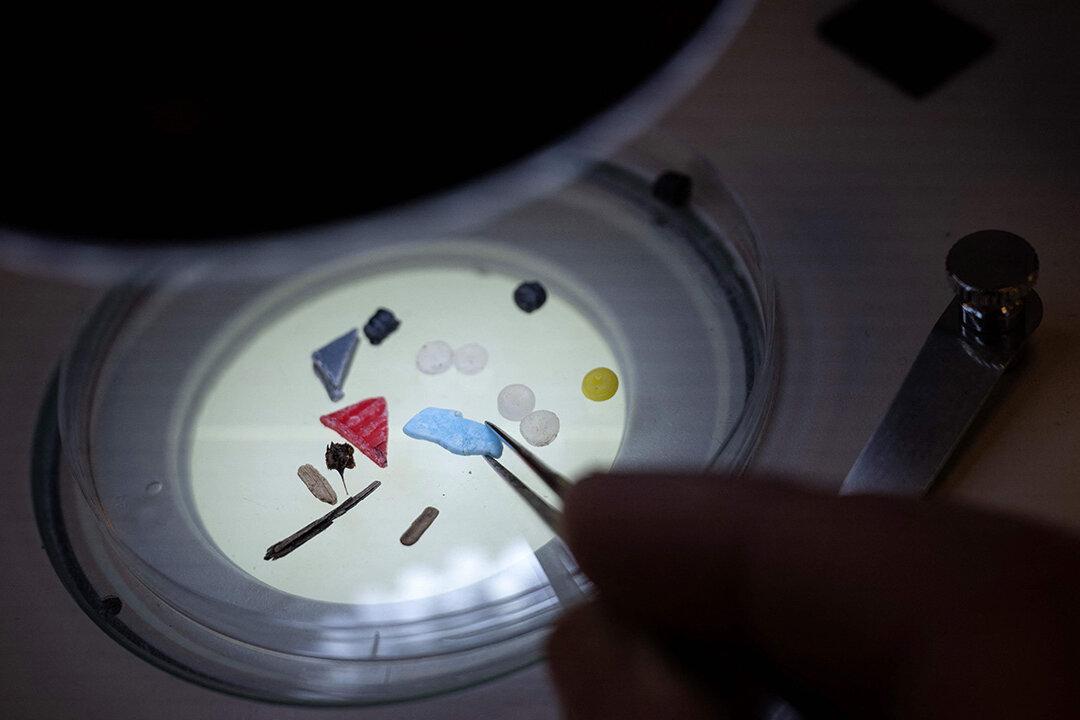Harmful microplastics have been found in human placenta, with some of them known to trigger asthma, damage the liver, cause cancer, and impair reproductive function.
The most prevalent microplastic found in the samples was polyethylene, which accounted for 54 percent of all detected NMPs and was “consistently found in nearly all samples.”
The remaining 26 percent of microplastics found in the 62 tested placenta were represented by nine other polymers. Matthew Campen, Professor in the UNM Department of Pharmaceutical Sciences, who led the team that conducted the study, expressed concerns about the steadily rising presence of microplastics and its potential health implications.
While plastics themselves have traditionally been seen to be biologically inert, microplastics are so small they can cross cell membranes, he noted. Mr. Campen found the concentration of microplastics in the placenta troubling as the tissue was only eight months old when tested. “Other organs of your body are accumulating over much longer periods of time,” he said.
Mr. Campen believes the accumulation of microplastics in human tissue could explain the puzzling rise in certain health problems like colon cancer among people younger than 50, inflammatory bowel disease, and decreasing sperm counts.
“It’s only getting worse, and the trajectory is it will double every 10 to 15 years,” he said. “So, even if we were to stop it today, in 2050 there will be three times as much plastic in the background as there is now. And we’re not going to stop it today.”
Microplastic Effects
The presence of microplastics in placentas was first identified in 2020 in a study from Italy. Researchers analyzed six placentas and identified 12 microplastic fragments in four of them. “Microplastics were found in all placental portions: maternal, fetal, and amniochorial membranes,” it said.“Microplastics carry with them substances which acting as endocrine disruptors could cause long-term effects on human health.”
Roughly half the identified microplastics were fibers, which researchers said was consistent with other studies. Almost a third of the microplastics were plastic fragments.
“In fact, the chemicals possibly contained in foods, beverages, and personal care products consumed by breastfeeding mothers may be transferred to the offspring, potentially exerting a toxic effect,” they wrote.
“Hence, it is mandatory to increase efforts in scientific research to deepen the knowledge of the potential health impairment caused by MP (microplastics) internalisation and accumulation, especially in infants, and to assess innovative, useful ways to reduce exposure to these contaminants during pregnancy and lactation.”
Mr. Campen pointed out that many plastics have a long half-life, which refers to the time required for half a sample to degrade.
“So, the half-life of some things is 300 years and the half-life of others is 50 years, but between now and 300 years some of that plastic gets degraded. Those microplastics that we’re seeing in the environment are probably 40 or 50 years old,” he said.







